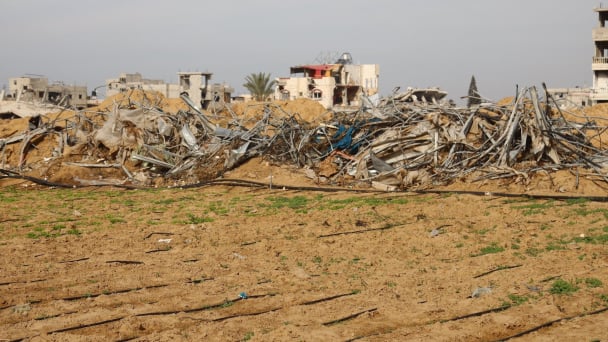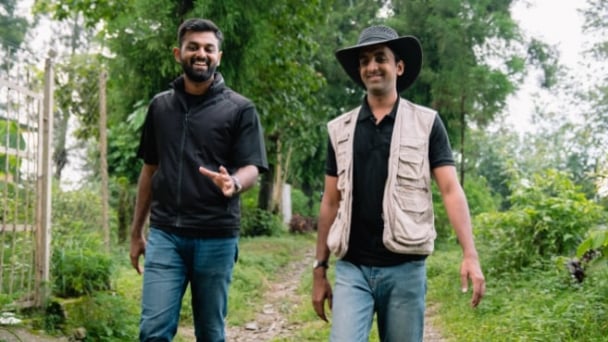June 13, 2025 | 18:40 GMT +7
June 13, 2025 | 18:40 GMT +7
Hotline: 0913.378.918
June 13, 2025 | 18:40 GMT +7
Hotline: 0913.378.918

A study from the University of Sheffield showed that practicing agrivoltaics — which is where land for farming is also used to produce solar electricity — led to better crop yields and generated solar power using less water than crops grown in open fields.
However, a new study shows there could be a way to cut down on that impact through the use of solar panels.
A study from the University of Sheffield showed that practicing agrivoltaics — which is where land for farming is also used to produce solar electricity — led to better crop yields and generated solar power using less water than crops grown in open fields, Phys.org reported.
The study — in partnership with several organizations, including the Center for International Forestry Research and World Agroforestry (CIFOR-ICRAF), Sustainable Agriculture Tanzania, Latia Agribusiness Solutions, and the University of Arizona — found that crops like maize, Swiss chard, and beans grew better in the partial shade provided by the solar panels.
The solar panels also helped lower water loss through evaporation with the shade they provided and collected rainwater that could be used in irrigation, resulting in more efficient water usage.
Power generated from the solar panels also proved to be a reliable source of clean energy for rural communities, which can often be far removed from main power grids.
"By combining solar panels and farming, we were able to get more from the land. This multifunctional approach shows the potential of agrivoltaics to boost food production and clean electricity generation while reducing the need for irrigation," Dr. Richard Randle-Boggis, lead author of the study, told Phys.org.
Agriculture accounted for about 9.4% of greenhouse gas pollution in the United States in 2022, a jump of 8% from 1990 numbers, per the Environmental Protection Agency. That pollution comes from things like farm equipment and fertilizer, which releases methane, one of the more potent greenhouse gases.
The U.S. Department of Agriculture reported that varying land uses, such as improving nitrogen fertilizer management, increased planting of trees and perennials on the landscape, and utilizing crops as biofuels instead of fossil fuels, can lower pollution.
Professor Sue Hartley from the University of Sheffield's School of Biosciences and vice president for Research and Innovation told Phys.org: "Imagine a future where farms are powered by clean energy and crops are more resilient to climate change. Agrivoltaics can make this vision a reality by offering a sustainable solution to the pressing challenges of food insecurity, water scarcity, and energy poverty."
TCD

(VAN) Extensive licensing requirements raise concerns about intellectual property theft.

(VAN) As of Friday, a salmonella outbreak linked to a California egg producer had sickened at least 79 people. Of the infected people, 21 hospitalizations were reported, U.S. health officials said.

(VAN) With the war ongoing, many Ukrainian farmers and rural farming families face limited access to their land due to mines and lack the financial resources to purchase needed agricultural inputs.

(VAN) Vikas Rambal has quietly built a $5 billion business empire in manufacturing, property and solar, and catapulted onto the Rich List.

(VAN) Available cropland now at less than five percent, according to latest geospatial assessment from FAO and UNOSAT.

(VAN) Alt Carbon has raised $12 million in a seed round as it plans to scale its carbon dioxide removal work in the South Asian nation.

(VAN) Attempts to bring down the price of the Japanese staple have had little effect amid a cost-of-living crisis.